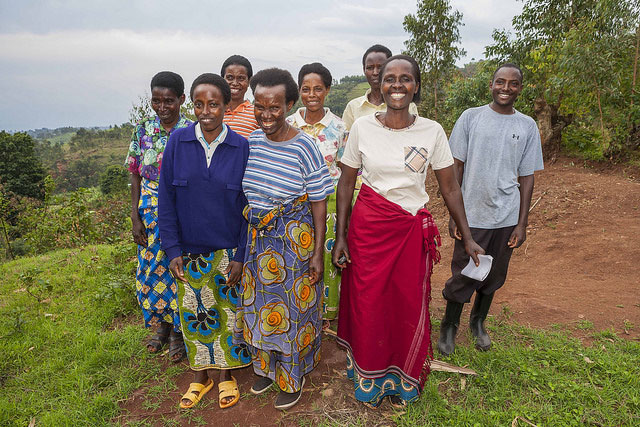The 1994 Genocide against the Tutsi in Rwanda, borne under the cover of ‘civil war’, was the slaughter of an approximate 1 million Tutsis and some moderate Hutus, during a period of 100 days from 7th April to 15th July 1994.
The escalation to Genocide was a result of systematic polarisation and division which was deeply ingrained within Rwandan society. The 1994 Genocide was mostly carried out by two extremist Hutu militia groups, the Interahamwe and the Impuzamugambi. Everywhere was affected.
Hutu extremists mobilized mass participation among the civilian population by creating a killing machine – armed with machetes, clubs, tree limbs, knives and blunt objects and made up of civilians. Citizens were encouraged to rape, kill and destroy the Tutsis and to demolish and steal their property. Neighbours killed neighbours; Rwandans killed Rwandans.
For many, the 1994 Genocide against the Tutsi in Rwanda is historically significant, not only because of the sheer number of people who were murdered in such a short period of time, but also because of the International Community’s response to the atrocities. Despite intelligence reports before and during the killings, and international news reports (which reflected the immense scale of violence during the 100-day period), almost all first-world countries failed or declined to intervene.
The United Nations refused to authorise its peacekeeping operation in Rwanda to bring the killing to a halt. In the weeks prior to the Genocide, the UN ignored reports of Hutu militias amassing weapons and rejected plans for a pre-emptive interdiction. 10 days into the genocide (21st April 1994), the UN reduced its number of troops from 2,500 to 270 under Resolution 912. Despite numerous warnings from Canadian Lieutenant-General Roméo Dallaire, UN peacekeepers on the ground were forbidden from engaging the militias or even discharging their weapons. The UN’s inaction is widely considered one of the United Nations’ most shameful moments.
It has been claimed that this failure to act became the focus of bitter recriminations towards individual policymakers, such as Jacques-Roger Booh-Booh, as well as the United Nations and countries such as France, the United States and the United Kingdom. France, China, the United Kingdom and Russia also regarded the genocide as an “internal affair” and did not provide assistance.
Following the events surrounding the Battle of Mogadishu in Somalia in 1993, the United States also refused to provide aid for Rwanda. President Clinton and the then US Ambassador to the UN, Madeleine Albright, repeatedly refused to provide aid. Intelligence reports obtained under the Freedom of Information Act reveal that the cabinet and the President were informed of the genocidaires efforts to eliminate the Tutsis before the genocide had fully unfolded. It has also been suggested that President Clinton was informed daily on the events unfolding in Rwanda by his closest advisors and the U.S. Embassy of Rwanda. In 1998 and 2005, Clinton visited Rwanda and apologised for the US’s inaction, stating that he “expressed regret for what he says was his ‘personal failure’ to prevent the slaughter of an estimated 800,000 people.”
The genocide ended when the Tutsi-dominated expatriate movement known as the ‘Rwandan Patriotic Front’ (RPF), led by General Paul Kagame, overthrew the Hutu government and seized power. The International Community was not involved in preventing or ending the genocide, despite being well informed on what was happening in Rwanda.
The violence of the genocide and its memory continue to affect the country and the surrounding region.

